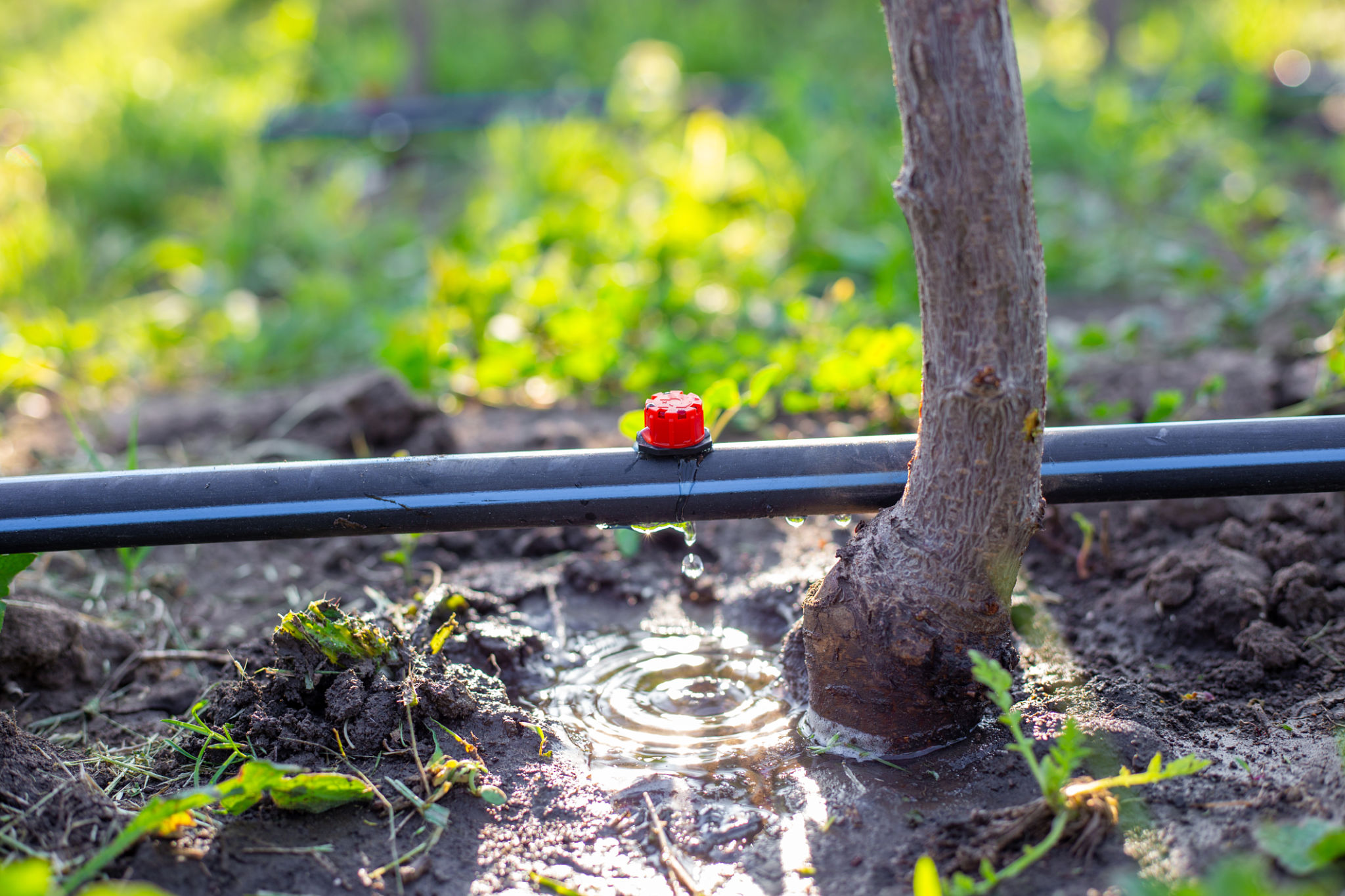DIY Lawn Care: Installing an Irrigation System in McLennan County
Understanding Your Lawn's Needs
Installing an irrigation system in your McLennan County lawn can transform your outdoor space, making it lush and vibrant. Before diving into the installation process, it’s crucial to understand your lawn's specific water needs. Different grass types and soil conditions will influence the type and frequency of irrigation required. McLennan County generally experiences hot summers, so having an efficient irrigation system is essential for maintaining a healthy lawn.

Choosing the Right Irrigation System
There are several types of irrigation systems to consider, including drip irrigation, rotor systems, and spray systems. Each has its pros and cons, and the best choice depends on your lawn's size, shape, and plant types. For larger lawns, rotor systems are often preferred due to their extensive reach and efficiency. In contrast, drip systems are ideal for gardens and areas with specific plants as they provide targeted watering.
Drip Irrigation Systems
Drip irrigation is highly efficient for conserving water and ensuring that moisture reaches the plant roots directly. This system reduces evaporation and is perfect for flower beds and vegetable gardens. Installing a drip system involves laying tubing around the plants and attaching emitters that release water slowly.

Planning Your Installation
Before beginning installation, make a detailed plan of your lawn. Sketch a layout including the placement of sprinkler heads, pipes, and control valves. Consider the water pressure available and the reach of each sprinkler head to ensure complete coverage without any dry spots. Mark the areas where each component will be placed to avoid confusion during installation.
Gathering Necessary Tools
For a successful DIY project, gather all necessary tools and materials beforehand. You will need PVC pipes, connectors, sprinkler heads, a shovel, a trenching tool, and a pipe cutter. Having everything ready will streamline the process and help prevent unnecessary delays.

Installing the System
Begin by digging trenches for the pipes across your lawn according to your layout plan. Ensure the trenches are deep enough to protect the pipes from surface activity. Once the trenches are ready, lay the pipes and connect them using PVC connectors. Position the sprinkler heads at even intervals to ensure uniform water distribution.
Connecting to the Water Supply
After laying the pipes and placing the sprinkler heads, connect the system to your main water supply. This step might require a backflow preventer to safeguard against contamination of your drinking water. It's essential to follow local regulations when connecting to the main water supply.
Testing and Adjusting
Once the installation is complete, test your irrigation system to ensure it operates correctly. Turn on the water supply and observe the coverage area of each sprinkler head. Adjust the heads as needed to eliminate any dry spots or overlaps. It's also a good time to check for leaks and fix any issues before they become significant problems.

Maintaining Your System
Regular maintenance is key to a long-lasting irrigation system. Periodically check for clogs, leaks, and broken sprinkler heads, especially after mowing the lawn or severe weather. Adjust the system's settings seasonally to accommodate changes in temperature and rainfall.
By following these steps and guidelines, you can successfully install an efficient irrigation system in your McLennan County lawn, ensuring a verdant and thriving outdoor space throughout the year.
